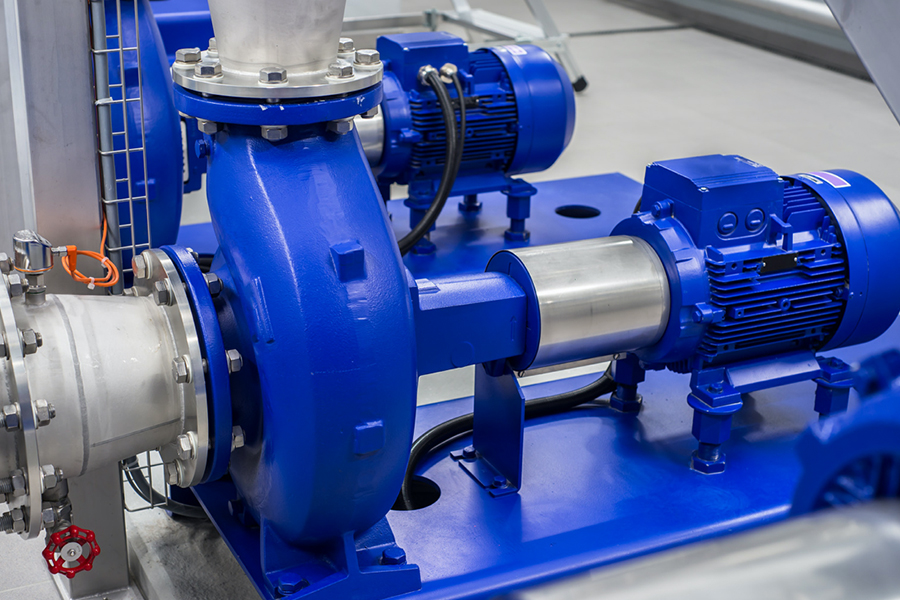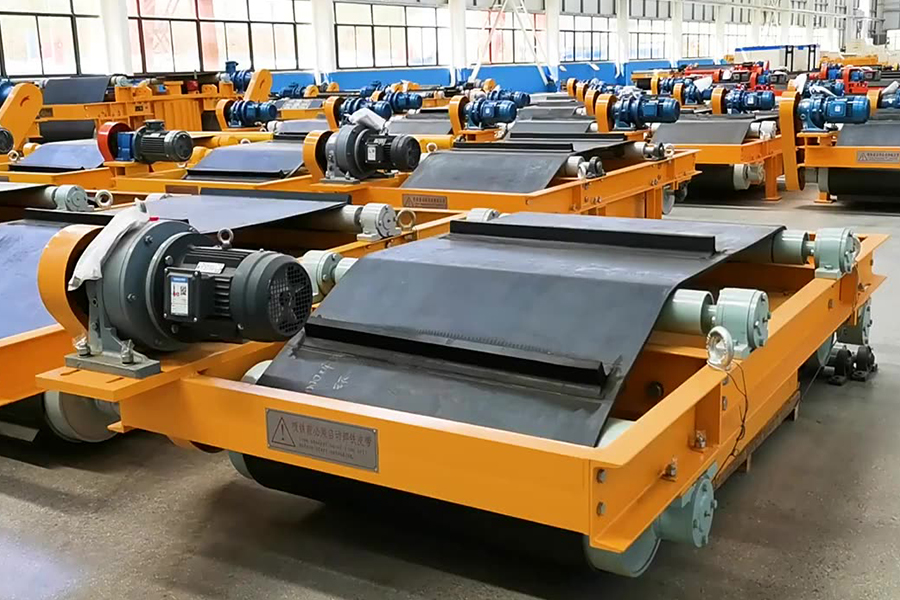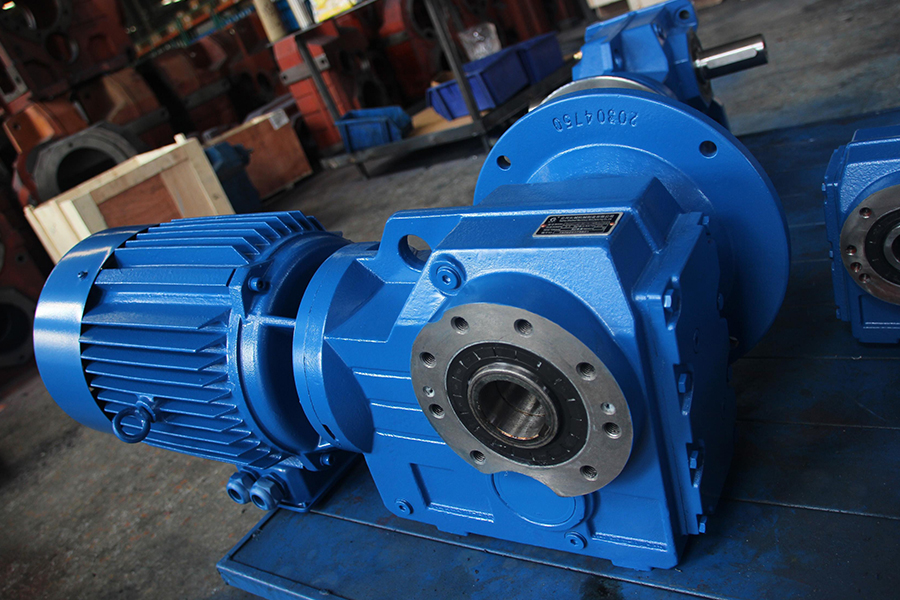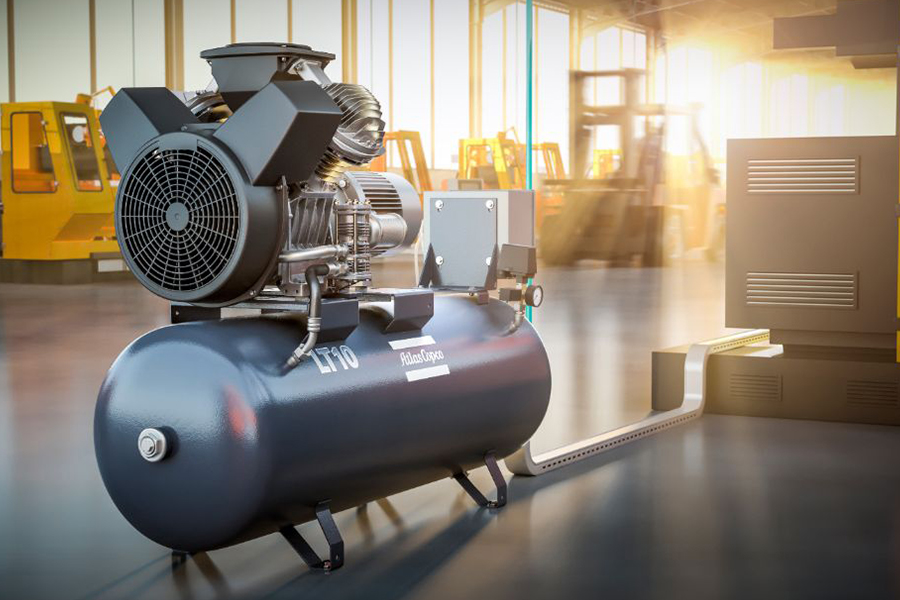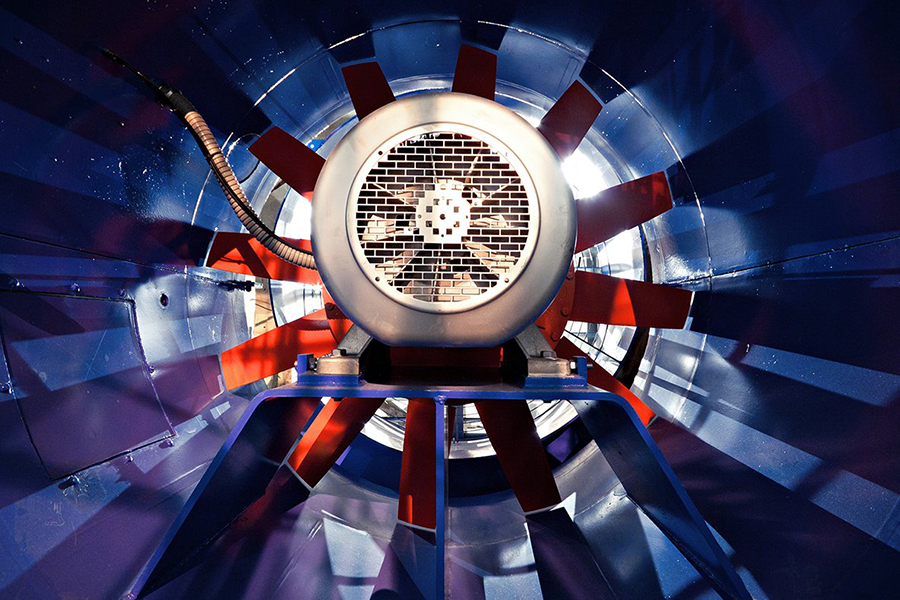In the realm of industrial machinery and automation, the significance of three phase motor cannot be overstated. These powerhouses of electromechanical engineering form the backbone of countless applications, providing the muscle needed to drive various systems with efficiency and reliability. Among the diverse array of applications, one notable area where three phase motor shine is in variable speed high-torque scenarios.
Variable speed high-torque motors represent a class of electromechanical devices engineered to deliver substantial power output across a wide range of rotational speeds. This versatility makes them indispensable in applications where precise control over speed and torque is paramount. In such contexts, the synergy between three phase motor and variable speed control mechanisms unlocks a realm of possibilities, enabling tailored performance to suit specific operational requirements.
One of the primary advantages of three phase motor lies in their robust design and inherent efficiency. Unlike their single-phase counterparts, three phase motor offer smoother operation, reduced vibration, and higher reliability. These traits are particularly advantageous in variable speed applications where maintaining stability and small wear and tear are critical for longevity and performance.
Moreover, the design of three phase motor facilitates seamless integration with variable speed drives (VSDs) or inverters, enabling precise control over motor speed and torque. By adjusting the frequency and voltage supplied to the motor windings, VSDs allow for dynamic modulation of motor performance, ensuring ideal operation across varying loads and conditions.
In industrial settings, variable speed high-torque motors find applications in a multitude of sectors, ranging from manufacturing and robotics to HVAC (Heating, Ventilation, and Air Conditioning) systems and renewable energy generation. For instance, in manufacturing processes, the ability to finely adjust motor speed and torque enables enhanced production efficiency, reduced energy consumption, and improved product quality.
In the realm of robotics, three phase motor power robotic arms and actuators, providing the strength and agility required for precise and rapid movements. The variable speed capabilities inherent to these motors enable robots to adapt to changing tasks and environments, enhancing their versatility and productivity in diverse operational scenarios.
Similarly, in HVAC systems, variable speed high-torque motors drive fans and pumps, allowing for precise control over air flow and fluid circulation. By adjusting motor speed in response to changing demand, these systems optimize energy usage while maintaining ideal comfort levels in residential, commercial, and industrial spaces.
Furthermore, the advent of renewable energy technologies has spurred the adoption of three phase motor in applications such as wind turbines and solar tracking systems. In wind turbines, variable speed high-torque motors drive the pitch and yaw mechanisms, enabling efficient capture of wind energy across a broad range of wind speeds. Likewise, in solar tracking systems, these motors facilitate the precise alignment of solar panels to maximize sunlight exposure throughout the day, thereby enhancing energy harvest and overall system efficiency.
In conclusion, the synergy between three phase motor and variable speed control technologies underscores their pivotal role in driving innovation and efficiency across a spectrum of applications. From manufacturing and robotics to HVAC and renewable energy, the versatility and reliability of these electromechanical workhorses continue to fuel progress and performance in diverse industrial sectors. As technology advances and new challenges emerge, the enduring partnership between three phase motor and variable speed control will undoubtedly remain at the forefront of engineering excellence.

 English
English 中文简体
中文简体 عربى
عربى



